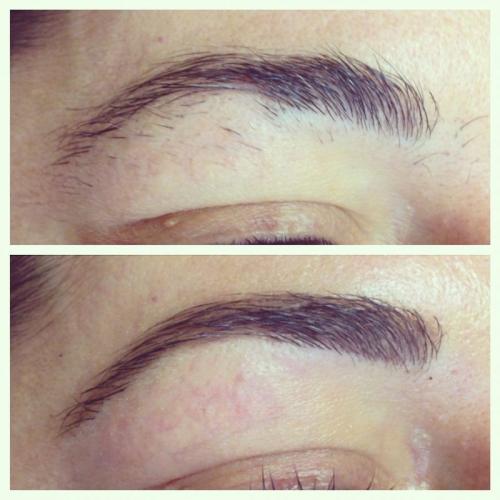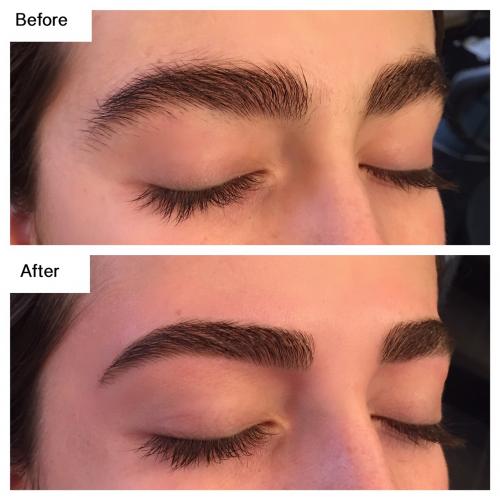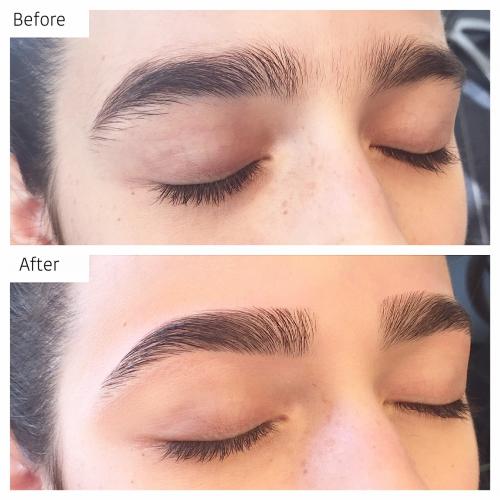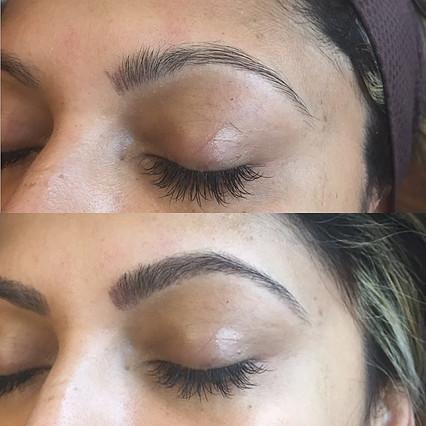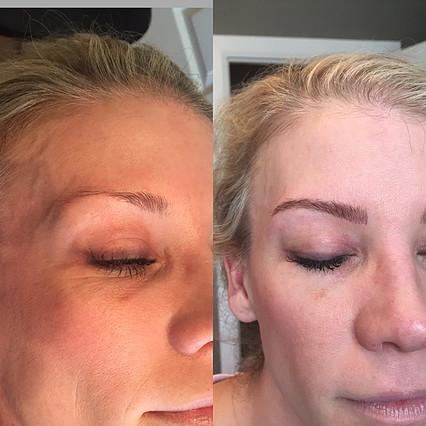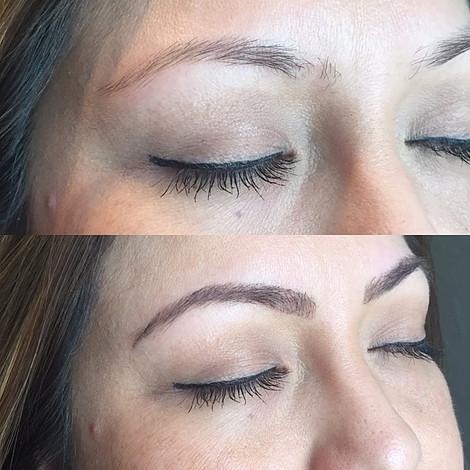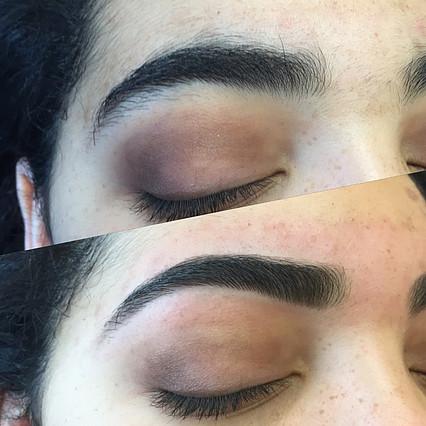To Buy Minocin Online Visit Our Pharmacy ↓

Understanding Rosacea: Symptoms and Causes
Rosacea is a chronic skin condition characterized by facial redness, swelling, and visible blood vessels. Often mistaken for acne or an allergic reaction, rosacea can also cause a burning or stinging sensation. Symptoms are usually most noticeable on the cheeks, nose, forehead, and chin. While teh exact cause of rosacea is unknown, it is believed to be a combination of genetic and environmental factors.
| Symptom | Description |
|---|---|
| Redness | Persistent redness in the central part of the face |
| Swelling | Facial swelling and puffiness |
| Visible Blood Vessels | Small blood vessels become visible on the skin |
| Burning Sensation | Discomfort and sensitivity in the affected areas |
Individuals with fair skin and a family history of the condition are more likely to develop rosacea. Triggers may include spicy foods, hot beverages, alcohol, extreme temperatures, and stress. Identifying and avoiding triggers can help manage symptoms, but medical treatment is often required.
What Is Minocin? an Overview

Minocin is a brand name for minocycline, a tetracycline antibiotic commonly prescribed to treat bacterial infections. While its primary use is to combat bacteria, Minocin has shown promise in treating inflammatory skin conditions like rosacea. By reducing inflammation and bacterial growth on the skin, Minocin can help manage the persistent redness, bumps, and pustules characteristic of rosacea. Because it targets the root causes of these symptoms, Minocin may achieve notable improvements in skin appearance. However, understanding how to properly use this medication and acknowledging any potential side effects is crucial for successful treatment.
How Minocin Works for Rosacea
Minocin, a tetracycline antibiotic, targets the inflammatory processes associated with rosacea. It works by inhibiting bacterial protein synthesis and reducing the number of inflammatory lesions that often plague sufferers. This dual action minimizes the redness and swelling characteristic of rosacea.
By reducing bacteria and inflammation, Minocin can substantially improve the skin's appearence. It curtails the triggers that perpetuate the rosacea cycle, leading to clearer skin over time. Minocin thus offers a promising option for long-term managment of the condition.
Occured naturally due to its antibiotic properties, Minocin requires a prescription and must be taken consistently to fully leverage its benefits. It is crucial to follow the prescribed dosage to achieve the best results, ensuring that the treatment continues to be effective and safe.
Clinical Efficacy: Studies and Results

Minocin has been the subject of several clinical studies assessing its efficacy in treating rosacea. A notable study found that patients using Minocin experienced a significant reduction in inflammatory lesions, with overall skin appearance markedly improving. This aligns with other research that demonstrates the antibiotic's effectiveness in reducing symptoms. The mechanisms by which Minocin achieves these results include anti-inflammatory properties and the reduction of bacteria known to trigger flare-ups.
Another pivotal study revealed that participants using Minocin showed improvement within the first few weeks, and these benefits were sustained throughout the treatment period. The long-term outcomes suggest Minocin can provide lasting relief for rosacea sufferers. Importantly, these studies highlight Minocin’s role not only in managing visible symptoms but also in enhancing the overall quality of life for affected individuals.
The research underscores the importance of a tailored treatment approach when using Minocin for rosacea. While the results are promising, individual responses can vary, making it neccessary for healthcare providers to monitor progress closely. These findings serve as a valuable reference for practitioners seeking effective treatments for their patients.
Dosage and Administration Tips for Minocin
When dealing with Minocin for rosacea, understanding the proper dosage and administration is vital. The typical dosage is between 50 to 100 milligrams, taken one to two times daily as prescribed by your healthcare provider. It's crucial to follow the prescribed course without interruption, and not stop the medication abruptly unless advised. Minocin should be taken with a full glass of water to minimize the risk of esophageal irritation.
| Dosage | Frequency |
|---|---|
| 50 - 100 mg | Once or twice daily |
In terms of administration tips, it's important to take Minocin consistently at the same time each day to maintain optimal levels in your bloodstream. Additionally, avoid lying down immediately after taking the medication to reduce the occurrence of esophageal irritation. If you experiance any side effects or feel unwell, consult your healthcare provider immediately.
Remember, every patient is unique, so the dosage may vary based on individual needs. Ensure you discuss with your doctor any other medications you're taking to avoid potential interactions. Maintain a steady routine and adhere to your prescribed dosage to achive the best results in treating your rosacea.
Potential Side Effects and Precautions
When taking Minocin for rosacea, it's crucial to be aware of some potential side effects. Commonly reported issues include gastrointestinal discomfort, such as nausea and diarrhea. Skin reactions may also occur, including photosensitivity, making your skin more susceptible to sunburn. Less frequent but more serious side effects can include dizziness, headaches, and, rarely, liver problems.
Before starting Minocin, discuss your full medical history with your healthcare provider. This is particularly important if you have a history of liver disease or are currently taking other medications, as interactions can pose additional risks. Your healthcare provider will evaluate these factors to determine if Minocin is suitable for your condition.
To minimize adverse effects, it’s vital to follow the prescribed dosage and administration guidelines. Taking the medication with a full glass of water can help reduce the risk of esophageal irritation. Additionally, avoid excessive sun exposure and always use sunscreen to protect your skin. By adhering to these precautions, you can maximize the benefits of Minocin while minimizing potential risks.
Before & After
Testimonials
Read out what our customers say about our services.
Read Testimonials
Join Our VIP List
Great News!
Comming soon our new location in Fort Worth (Alliance area)
3529 Heritage Trace Parkway, Suite 163
Fort Worth, TX 76244
Sign up now to join our VIP list and receive coupons

